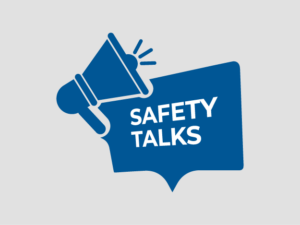
FACTS
- When clients, managers or safety professionals walk through your work site, housekeeping is an accurate indicator of everyone’s attitude about quality, production and safety. Poor housekeeping creates hazards of all types.
- Poor housekeeping has been directly linked to many types of occupational injuries; most notably are slips, trips and falls.
- Housekeeping is not just about cleanliness. It includes keeping work areas neat and orderly and keeping aisles, floors and stairs free from slip and trip hazards.
- Housekeeping requires focusing attention on important details in the workplace such as layout, aisle markings, adequacy of storage facilities and maintenance.
- Experience has shown that good housekeeping is an essential and effective part of a safety and health program. Effective housekeeping helps eliminate workplace hazards and promotes a safer, more efficient work environment.
STATS
- Slips, trips and falls account for 15 percent of all accidental deaths, and are second only to motor vehicles as a cause of fatalities. According to the National Safety Council, last year there were 822 occupational deaths due to falls.
- The average cost from slip and falls is $22,800 per accident, according to reports, 50 percent of facility accidents can actually be attributed to the type of flooring used.
- In Canada, more than 40,000 workers get injured annually due to fall accidents.
- In the US, the Bureau of Labor Statistics reports that there are more than eight million hospital emergency visits each year due to slip and fall accidents making this the leading cause of hospital visits in the country.
- According to written reports, about 900 people die each year in Canada as a consequence of a slip and fall accident. In the US, approximately 20,000 people lose their lives as a consequence of a slip and fall accident.
- Almost 30 per cent of workplace injuries over the past four years have been the result of slips, trips and falls (STF), with more than 3,000 employees affected annually during that period.